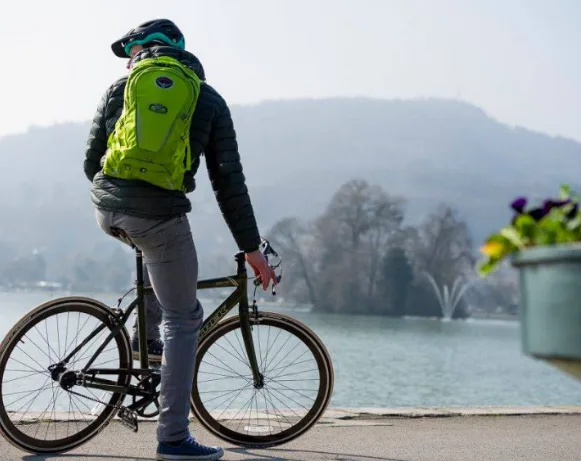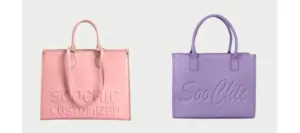Whether you’re commuting to work, exploring mountain trails, or simply enjoying a weekend ride, a cycling backpack is more than just a way to carry your gear — it’s an essential part of your riding experience. Designed specifically for cyclists, these backpacks offer features that enhance comfort, safety, and convenience on the road or trail.
Choosing the right cycling backpack manufacturer can significantly improve your ride. From proper weight distribution and ergonomic support to weather protection and smart storage, the ideal pack helps you stay organized and focused while reducing fatigue and discomfort.
In this beginner’s guide, we’ll break down what makes a great cycling backpack manufacturer — including the key features to look for, common mistakes to avoid, and how to find one that fits your needs. Whether you’re a casual rider or just getting started, this guide will help you make an informed choice and enjoy every mile with confidence.
Contents
1. What Is a Cycling Backpack?
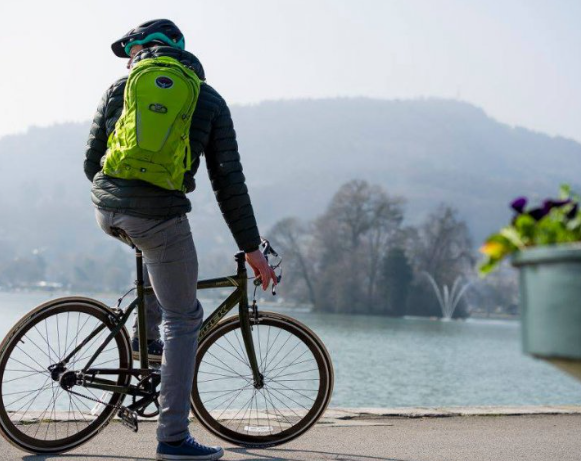
A cycling backpack is a backpack specifically designed to meet the ergonomic and functional needs of cyclists. Unlike standard backpacks, cycling versions are built for stability, comfort, and weather protection during motion. They offer a snug fit that minimizes shifting while riding, along with features tailored to biking conditions — such as sweat-wicking back panels, chest/waist straps, reflective elements, and compartments designed for hydration packs or repair tools. For brands aiming to meet these specific demands, offering a custom cycling backpack allows for targeted innovation and market alignment. Working with an experienced cycling backpack supplier ensures the product meets both performance expectations and manufacturing standards.
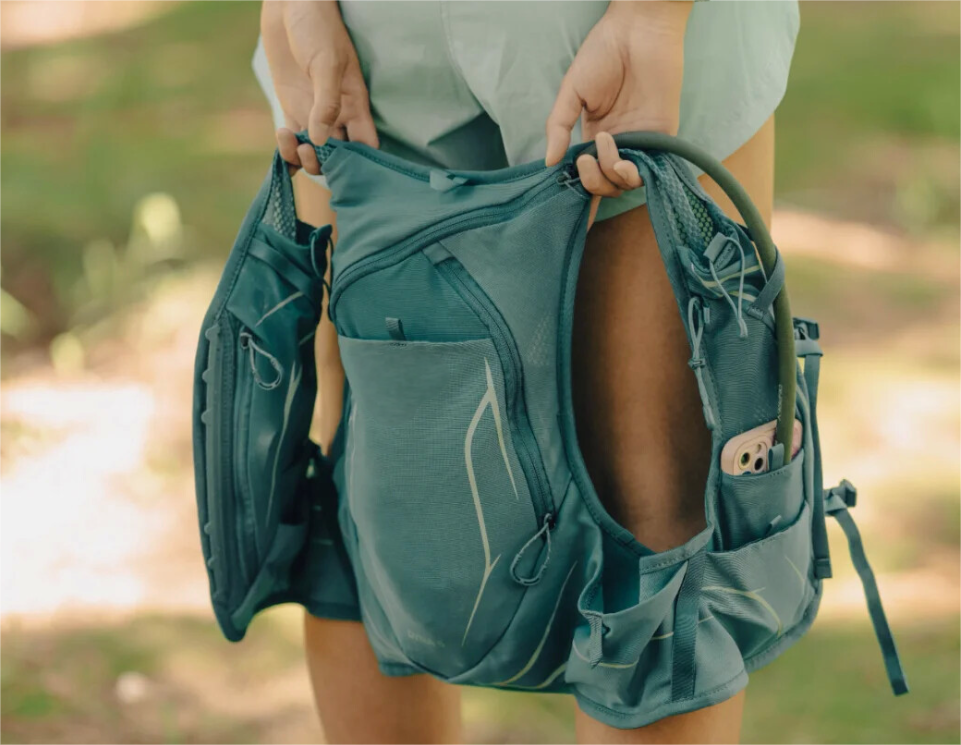
What sets a cycling backpack apart from a regular backpack lies in its specialized structure and rider-oriented features. Unlike standard designs, cycling backpacks are crafted to sit higher and closer to the rider’s back, ensuring better weight distribution and stability during motion. Most models incorporate breathable mesh panels and ventilation channels to reduce heat buildup, which is essential for long or intense rides. Weather resistance is another key factor — many cycling backpacks are made from water-resistant or fully waterproof materials to protect the contents from rain or road spray. For added safety and control, adjustable chest and waist straps help prevent the pack from bouncing or shifting while riding. Additionally, cyclist-specific storage — such as hydration bladder compartments, helmet holders, and dedicated tool pockets — makes these backpacks far more functional for two-wheel travel than everyday bags.
Types of Cycling Backpacks:
Depending on the type of ride and purpose, there are several categories:
-
Urban Commuter Backpacks: Sleek, laptop-friendly designs with weatherproof shells and reflective strips for city riders.
-
Mountain Biking Backpacks: Compact and stable with hydration systems and protective features.
-
Long-Distance Touring Backpacks: Larger capacity, highly padded, with multiple compartments for multiday gear.
-
Road Cycling Minimal Packs: Ultralight, close-fitting designs for speed and agility.
-
E-bike Friendly Models: Built to accommodate chargers, locks, and additional electronics.
For brands looking to enter the cycling gear market or upgrade their product lines, offering a custom cycling backpack tailored to riders needs is a powerful differentiator. Whether you’re designing for commuters or performance cyclists, customization helps align the product with brand identity and user functionality.
2. Key Features to Look For in a Cycling Backpack
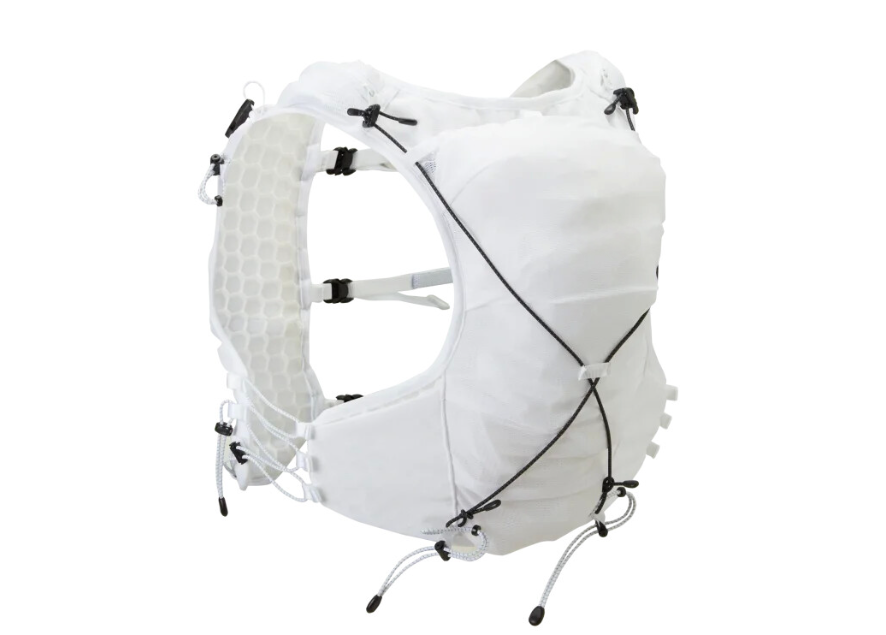
Selecting the right cycling backpack means paying close attention to several key features that directly impact comfort, performance, and durability. Whether you’re a casual rider or sourcing for a brand, understanding these core elements is essential when evaluating or designing a custom cycling backpack.
Ergonomic Fit and Comfort
A well-designed ergonomic cycling backpack should conform naturally to the rider’s back, offering a close, stable fit that reduces bounce on uneven terrain. Features like padded shoulder straps, adjustable sternum and waist belts help distribute weight evenly, especially on long-distance rides. These details not only enhance comfort but also reflect the importance of custom-fit bike backpack development — a must for brands focusing on performance and rider health.
Weather Resistance
Cyclists often ride through unpredictable conditions, so weatherproof bike commuter backpacks have become a market standard. High-quality cycling backpacks use water-resistant or fully waterproof materials such as TPU-laminated polyester or tarpaulin to keep gear dry. For enhanced protection, many include a built-in rain cover and sealed zippers. These details are essential for any OEM cycling backpack manufacturer catering to commuter and outdoor markets.
Storage Capacity & Compartments
From compact 10L packs for city rides to 30L options for touring, the best cycling backpacks strike a balance between size and organization. A thoughtfully designed multi-compartment cycling backpack might include a padded laptop sleeve, hydration bladder compartment, tool pockets, and quick-access front sections. When working with a cycling backpack factory for brands, it’s crucial to define compartment layouts based on end-user needs.
Ventilation System
Sweaty backs are a common complaint among cyclists, especially in warm climates. That’s why a ventilated cycling backpack with a mesh airflow back panel is a must. These panels create space between the bag and the rider’s back, improving airflow and reducing moisture buildup. Incorporating this feature into a breathable bike backpack enhances comfort significantly and is highly recommended for any high-performance model.
Reflective Elements & Safety Features
For early-morning or late-night riders, visibility can mean safety. A great reflective cycling backpack for night riding includes strategically placed reflective strips or logos that alert motorists. Some models also include attachment points for rear lights or helmet clips. These are increasingly demanded in bike bags with safety features, especially in urban commuter markets.
Lightweight Yet Durable Materials
A top-tier backpack must be lightweight for comfort but rugged enough for daily use. Materials like ripstop nylon, high-density polyester, and tarpaulin are popular for their balance of strength and weight. Reinforced stitching and bar-tack reinforcements at stress points ensure longevity. For brands developing a heavy-duty custom cycling backpack, material choice is critical to both performance and user satisfaction.
3. Common Mistakes Beginners Should Avoid
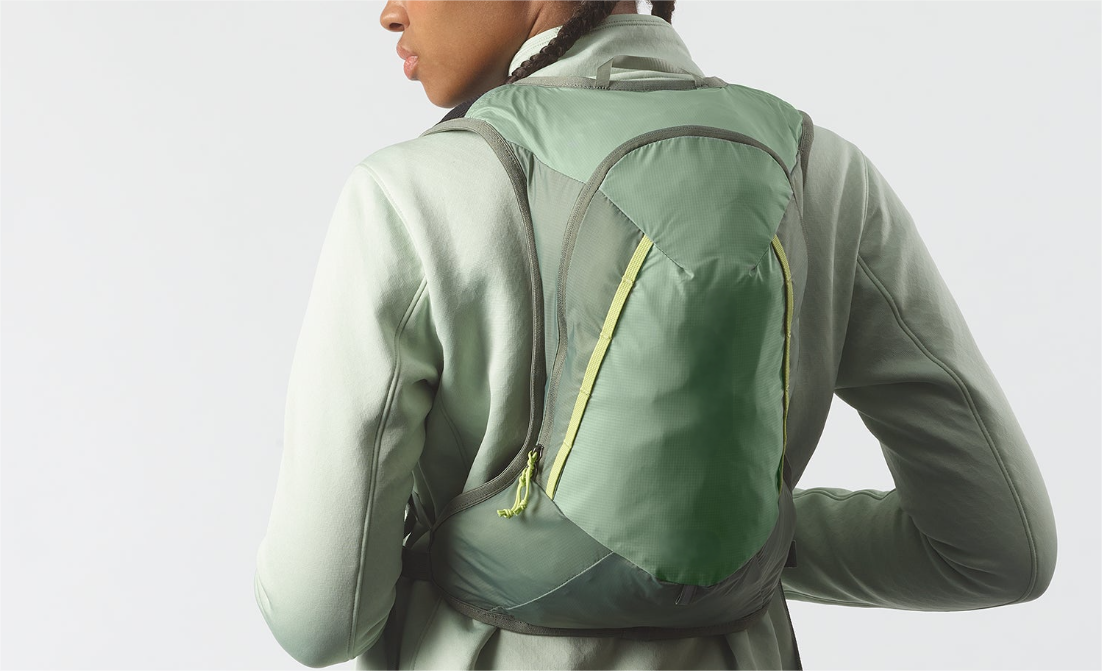
Even with so many feature-rich options available, first-time buyers often run into problems — not because the backpack lacks quality, but because it doesn’t match their actual riding needs. One of the most common issues is choosing the wrong capacity. A 10L daypack might seem compact and stylish, but won’t hold up for long commutes or touring. Conversely, a bulky 30L pack may look appealing but feel overwhelming for short urban rides. This is why both users and brands should approach cycling backpack selection with function-first design thinking, especially when working with a cycling backpack OEM partner to develop the right size range for specific markets.
Another mistake is ignoring weather protection. Many new cyclists don’t realize the value of a custom waterproof cycling backpack until they get caught in the rain — and by then, it’s too late. Electronics, documents, and clothing can be easily damaged without proper protection. Backpacks made with laminated fabrics, sealed seams, or detachable rain covers are now standard in many high-quality designs. If you’re developing a commuter-focused product line, integrating water resistance from the beginning through a private label bike backpack program will enhance both usability and brand reputation.
Lastly, too much focus on appearance and too little on functionality is a frequent beginner error. While a minimalist or fashionable design might catch attention, it can compromise comfort and usability. Riders often overlook things like ventilation systems, reflective safety features, or proper ergonomic fit — all critical for a good riding experience. Brands designing a custom ergonomic cycling backpack must ensure that adjustability and fit testing are part of the development process. After all, a well-made product should not only look good, but perform seamlessly on the road. Collaborating with a custom bike backpack manufacturer that understands cycling ergonomics can make all the difference.
4. Looking for Custom Cycling Backpacks?
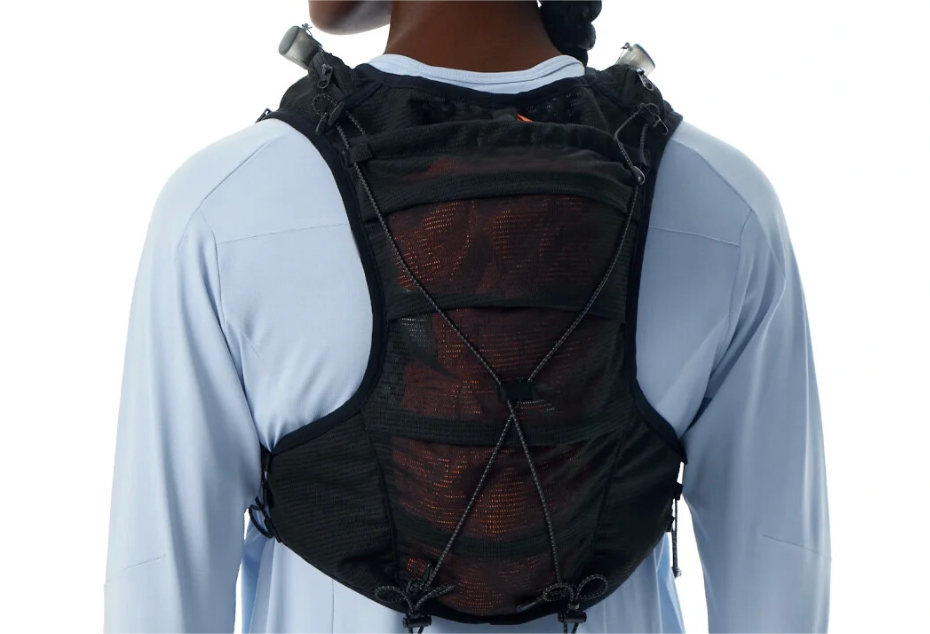
As the cycling market continues to diversify, brands are under increasing pressure to offer not just functional gear, but personalized solutions that match consumer lifestyles. In fact, a 2024 study by Global Market Insights revealed that the cycling bag market is projected to exceed USD 3.2 billion by 2030, driven largely by demand for commuter and performance gear. Offering a custom cycling backpack line allows brands to differentiate themselves in a saturated space — not just through aesthetics, but through user-centric innovation. “In today’s competitive outdoor gear sector, customization is no longer a luxury — it’s a necessity,” says Marco Bellini, a technical design advisor with over 20 years of experience in European cycling equipment manufacturing.
Customization is about more than adding a logo — it’s about tailoring every element to the target rider’s experience. From custom backpack’s adjustable ergonomic structures and hydration bladder compatibility, to high-visibility reflective panels, anti-theft zippers, and internal tech sleeves, the right configurations make a pack truly ride-ready. Material choices also matter: lightweight ripstop nylon for speed, waterproof TPU-coated fabric for urban use, or sustainable textiles for eco-conscious brands. With private label cycling backpack services, companies can create a product that seamlessly blends identity, performance, and market demand.
Partnering with an experienced custom backpack manufacturer is like collaborating with an architect to build a home — they translate vision into function while ensuring structural integrity. At this level, manufacturers don’t just produce — they co-engineer. They provide insights on material performance, test load-bearing capacity, and suggest efficient OEM bag production workflows that reduce cost while maintaining quality. With the right partner, a brand can turn a design concept into a commercially successful, field-tested product that earns long-term customer loyalty.
5. Conclusion
A great cycling backpack does more than carry your gear — it supports your ride, protects your essentials, and complements your lifestyle on two wheels. For beginners, understanding the key features, avoiding common mistakes, and learning what truly matters in functionality can make all the difference between a satisfying ride and constant discomfort. And for brands, the growing demand for rider-focused, customizable solutions presents an incredible opportunity to innovate and lead.
If you’re a business looking to expand your product range, entering the cycling segment with a custom-designed backpack is a strategic move — one that can boost your brand value, deepen user engagement, and respond to niche market needs.
Ready to create your own cycling backpack line?
Partner with a manufacturer that understands cyclists as well as materials, structure, and market trends.
? Contact us today to explore OEM/ODM cycling backpack solutions, request a prototype, or schedule a consultation with our design team. Let’s turn your vision into a product that riders truly rely on.

